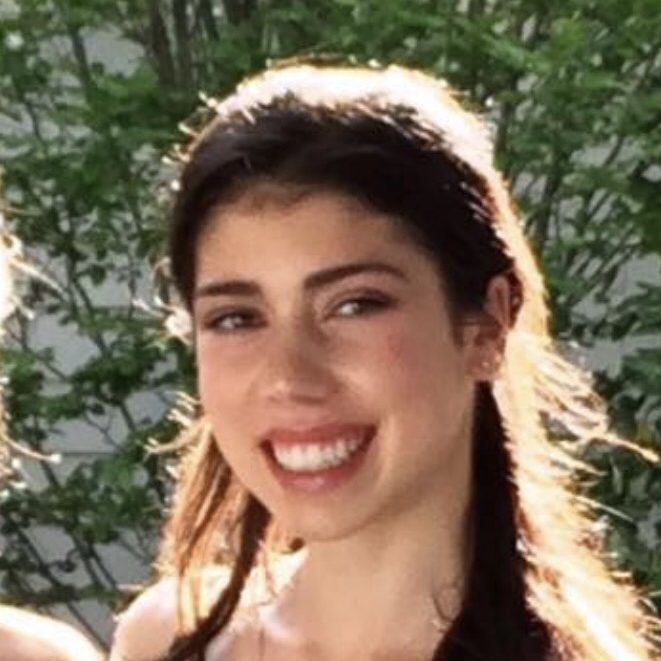In my last post, I started an exploration of writing on campus to understand how students approach the writing process outside the classroom in their own work and in extracurriculars. In that post, I considered creative writing and the ways academic writing can present a similar opportunity for expression and creativity.

In this post, I interview Sam Shapiro ’21 who is a Features Editor and writer for the Daily Princetonian. In my interview with Sam, we discussed the differences and similarities between journalism and academic writing and how to bring the thrill one feels when chasing a story for a publication to a term paper in class.
The first thing Sam told me about was her admiration for the Prince and how effectively they work together to pull off a daily publication. In fact, this is one of the major differences Sam draws between academic writing and student journalism. An edition of the Prince is a culmination of the whole group’s research, effort and time. Academic work is most often a solo-project, which is exciting in its own way, but the challenges of collaboration–multiple moving parts, differences of opinion and skill, and varied schedules–certainly results in a unique feeling of accomplishment when the final product is produced.
Additionally, Sam feels there is more fun and flexibility in journalism as personal voice and humor make the writing more expressive than academic writing. Moreover, Sam highlights that when writing for a student publication, you get to see the impact of your work. Not only do your editors read your pieces, the student body–an assortment of classmates, teammates, hall mates and strangers you’ll never meet–get to experience your work.
…when writing for a student publication, you get to see the impact of your work. Not only do your editors read your pieces, the student body–an assortment of classmates, teammates, hall mates and strangers you’ll never meet–get to experience your work.
While audience, tone, and collaboration separate student journalism from academic writing, Sam finds an interesting parallel in the writing process. Whether she is writing for her subject classes, a journalism class, or the Prince, Sam experiences a similar thrill for problem-solving. When she writes a piece of journalism, she sits down with her interview transcripts and asks herself “What’s the story here? What have I found and what do I want to say?” Before her lies a puzzle and it’s up to her to put it together and present it. This puzzle exists in academic writing too! Once one has collected their sources they look for gaps or inconsistencies in the scholarly conversation. It is up to the researcher here to patch together their sources with their own contributions and tell a story––reveal a truth.
As another connection between journalism and academic writing, Sam identifies the “moral obligation [in journalism] to tell the truth—an authentic truth…the truth that you’re seeing.” Rounds of fact-checking occur by writers and their copy editors, similar to the process of peer review in academia. Sam draws a connection here between academic integrity and honest journalism and a similar commitment to the production of fair and true work.
As a Features Editor and former sports writer, Sam searches for “anything in or outside the orange bubble that grabs your attention–– [something] that you don’t want to put down.” Often these articles are detailed narratives of individual stories or some small occurrence. For her, it’s about seeing something interesting on campus that she wants to learn more about. As Sam points out, this same excitement and curiosity can be carried over into your classes if you find academic topics that genuinely excite you. “Find a topic that piques your curiosity–a topic which you haven’t wrapped your head around yet, but you feel like there’s something fascinating to learn,” Sam concludes. “If you’re in the right classes, your academic writing will start to feel like what you want to do, and not as separate from your personal writing endeavors.”
“Find a topic that piques your curiosity–a topic which you haven’t wrapped your head around yet, but you feel like there’s something fascinating to learn,” Sam concludes. “If you’re in the right classes, your academic writing will start to feel like what you want to do, and not as separate from your personal writing endeavors.” – Sam Shapiro
How do you make your academic writing fun? It’s about finding a story within your subject or field that you feel needs to be told. It’s being excited by the puzzle and eager to put it together in a new way. As we near deans date, I encourage you to take on this journalistic mindset and freedom in your writing: What are you interested in? What story do you think needs to be told?
Happy writing my friends!
— Raya Ward, Natural Sciences Correspondent

